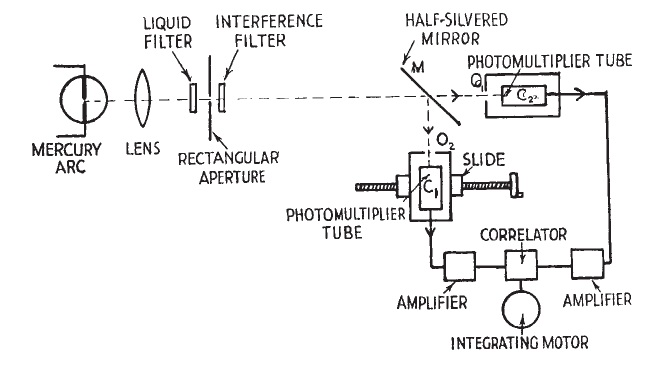
Photo by Scott Robinson (Clearly Ambiguous) via flickr.
Solar energy is a huge market and any improvement to the efficiency of solar cells has a significant impact. In 2008, worldwide photovoltaic solar energy production was about 5 gigawatts, and this is expected to rise to 15 gigawatts in 2015. To put this figure in context, a nuclear reactor produces around 1 to 1.5 gigawatts of electricity.
The overall conversion efficiency of the best solar cell devices, with complex designs that include multiple materials, reaches up to about 50%. For more common silicon-based solar cells efficiencies are around 20%, although commercial photovoltaic panels achieve even less than that. Any enhancement in solar cell efficiency, whether it is in terms of costs or in terms of efficiency, is therefore highly desirable and significant. If all photovoltaic cells that produce those 5 gigawatts of energy were only 5% more efficient, for example with 21% conversion efficiency instead of 20%, it would result in an increase in energy production equivalent to about 250 megawatts.
Another issue is cost. Bulk solar cells are better at catching more sunlight, but use more material and therefore cost a lot more than thin-film films. Albert Polman, Harry Atwater and colleagues have now developed a solar cell design that enhances the power efficiency of thin solar cells. In their study published in Optics Express they are able to enhance the efficiency of a 340 nanometer thick silicon solar cell by 27% when compared to a regular thin-film cell.
[…]
Continue reading...
In the absence of GPS, a compass is the best option to find your way around. However, although the earth’s magnetic field is a great way to find your own position, doing the reverse, measuring magnetic fields with a high accuracy — on an atomic scale — remains a challenge. Sure, there are electron microscopes, which are great instruments that can image single atoms and other physical objects. However, when it comes to measuring magnetic fields, the achievable resolution is much worse than the size of an atom.

The schematic of a Lorentz microscope. Differently oriented magnetic domains deflect an electron beam in opposite directions, creating an image contrast at the border between magnetic domains.
The problem is even bigger in the fourth dimension, time, when we like to know how magnetic fields evolve over time on a microscopic scale. Then, the best resolution that can be achieved is about 500 times worse than what is possible in the imaging of atoms using state-of-the-art electron microscopes. The group of Ahmed Zewail at Caltech in Pasadena, California has now developed a technique that could significantly enhance the resolution of time-resolved measurements of magnetic fields.
There are of course a number of methods to measure a magnetic field with high spatial resolution. One is magnetic force microscopy, where essentially the tip of a magnetic needle gets moved across the surface of a magnetic material. The force between tip and sample is then a measure of the magnetic field. If the tip is atomically sharp, resolutions of a couple of tens of nanometers can be achieved.
[…]
Continue reading...
Last week I wrote about interesting physics that can be done with ultracold atoms. One of the experiments I described was related to the Hanbury Brown-Twiss effect. Although I mentioned the experiment in some detail, the focus of my post was more on the analogies between ultracold atom systems and other physical systems. I did only briefly mention the wider impact of the original Hanbury Brown-Twiss experiment on our understanding of the particle-wave duality of light.

The Hanbury Brown and Twiss experimental apparatus from their 1956 Nature paper. (c) 1956 Nature Publishing Group.
As Chad Orzel mentioned in detail, a version of the experiments by Robert Hanbury Brown and Richard Twiss is a key contribution to the debate on the nature of light and represents an unambiguous proof that photons do exist.
He has now written more on how the experiment on atom lasers that I wrote about fits into this context. The description of Hanbury Brown and Twiss effects in ultracold atom systems is very lucid and provides a wonderful introduction to the experiments not only on ultracold atoms but also on photons.
The Hanbury Brown and Twiss experiment is one of the milestones in physics, and influenced the work by Roy Glauber on the quantum theory of optical coherence that got him half of the 2005 Nobel Prize in Physics.
Reference:
BROWN, R., & TWISS, R. (1956). Correlation between Photons in two Coherent Beams of Light Nature, 177 (4497), 27-29 DOI: 10.1038/177027a0
Continue reading...





August 31, 2010
8 Comments